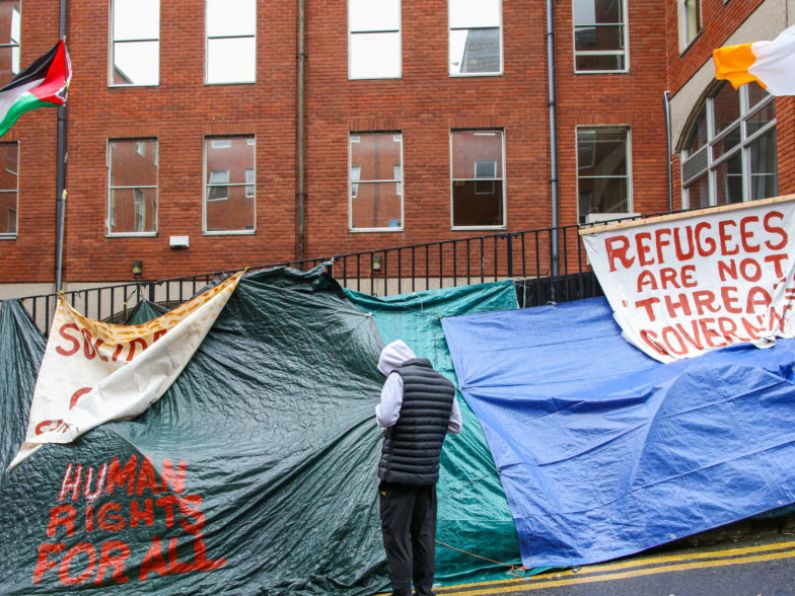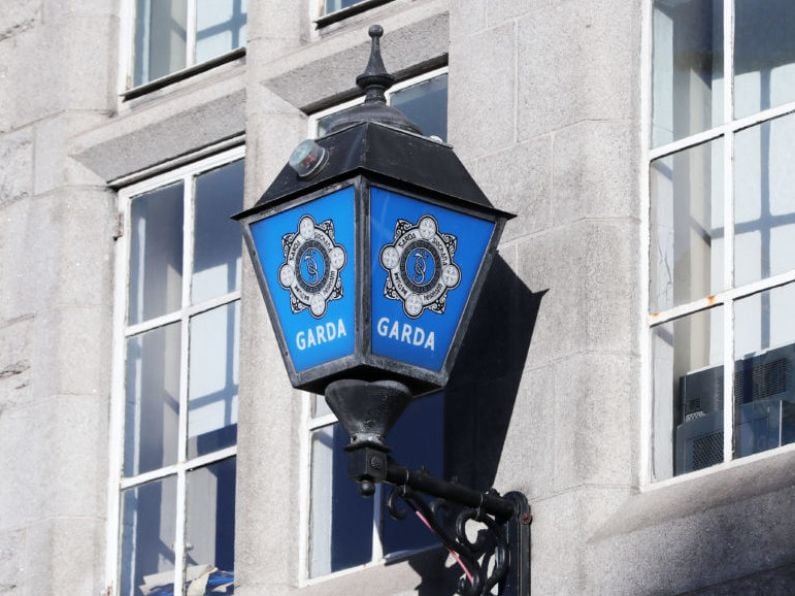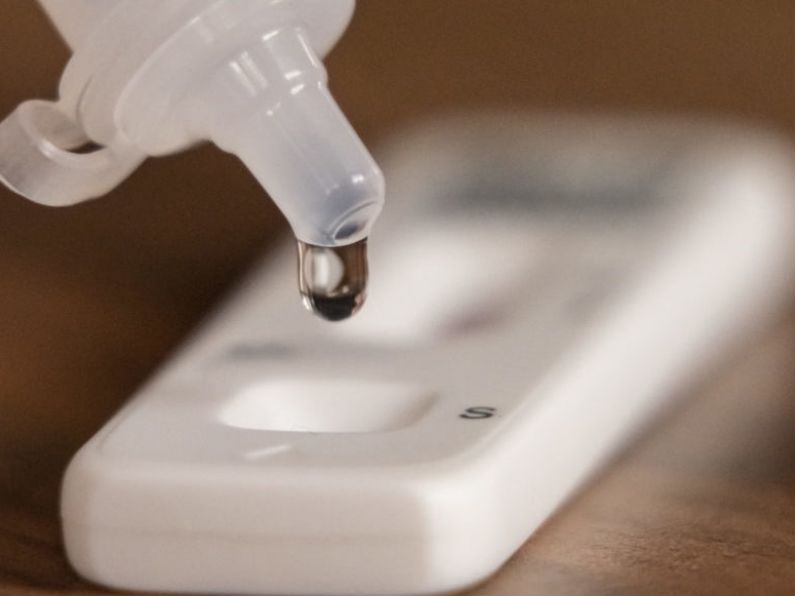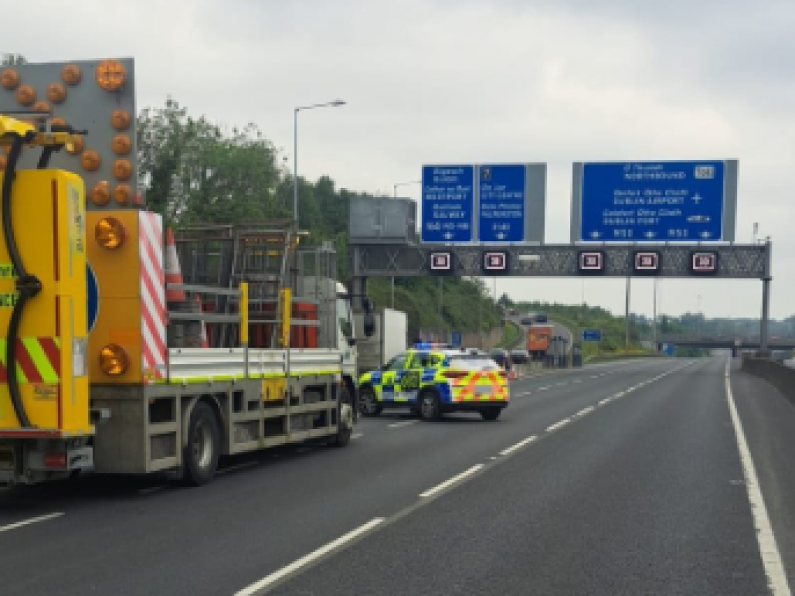Migration has become one of the most important issues in Ireland.
A diplomatic spat with the UK this week over asylum seekers has brought the topic to the centre of political debate.
So how many people have come to Ireland recently, and what happens when they arrive here?
In line with trends across Europe, the number of people arriving in the State to claim asylum has soared in recent years to reach record levels.
There was a 415 per cent increase in the number of applications in 2022 compared to 2021, and a 186 per cent increase from 2019.
In 2022, there were 13,651 applications for international protection, while 2023 saw 13,277 applications.
There has been a further increase in asylum applications and arrivals in recent months. Minister for Justice Helen McEntee claimed some of this upsurge was due to people avoiding the UK over the Rwanda deportation policy.
In March this year 1,821 asylum applications were made, up from 858 in March 2023.
Between January and the end of April this year, almost 6,500 people arrived in the Republic, compared to about 3,100 during the same period in 2023.
About 35 per cent of these arrivals are men who travelled alone, but the figures also include children, couples, women and single parents.
More than 460 children arrived in April, according to weekly updates from the International Protection Office.
All of this has put pressure on the already strained accommodation system for international protection applicants.
The system is run by the International Protection Accommodation Services (IPAS), part of the Department of Integration. IPAS manages reception centres, emergency accommodation, the Citywest Transit Hub and tented accommodation.
The number of people living in the IPAS system has more than tripled since 2021, when about 7,000 people were being accommodated. Now almost 30,000 people are in State-provided shelter.
This sharp rise amid the ongoing housing crisis led the Government to say last year it could no longer provide accommodation to all asylum seekers. In practice, this means men without children are not prioritised for accommodation.
Some of these men have ended up living on the streets. This week more than 200 asylum seekers who had been living in tents outside the International Protection Office in Dublin were moved from the area to facilities at Citywest and Crooksling in Co Dublin.
The country has also seen a spike in the number of arson attacks on buildings rumoured or earmarked to provide accommodation for people seeking international protection.
Reception centres and emergency accommodation are located in all parts of the State, with asylum seekers living in every county.
Galway City is the local authority with the most asylum seekers relative to its population, at about 1.5 per cent, followed by Donegal (1.2 per cent). Kilkenny has the fewest housed asylum seekers as a percentage of its population (0.1 per cent).
In contrast, the number of weekly arrivals from Ukraine has fallen significantly since the beginning of this year.
It comes after the Government slashed the allowances for newly arrived Ukrainian refugees, dropping from €220 to €38.80 per week, the same rate that asylum applicants receive.
New arrivals from Ukraine now also have a 90-day limit on the time they can remain housed by the State.
More than 100,000 Ukrainians have arrived in Ireland since the onset of the Russian invasion in February 2022.
Many of them have settled in rural and western areas of the country. Kerry, Leitrim, Donegal and Clare are the counties with the highest share of Ukrainian refugees relative to the population.
According to Central Statistics Office data based on PPSN registrations, there are 12 Ukrainian refugees per 100 residents in Ennistymon, Co Clare.
Despite the recent tension over migration, Taoiseach Simon Harris said on Friday that “immigration is a good thing” but Irish people “want to know the rules are enforced”.
“Ireland is a better place for the many people who have come and made Ireland their home,” Mr Harris said. “They are working in hospitals, they are working in our hospitality sector, and right across many sectors of the economy.
“So migration and immigration is a good thing and I think it’s really important that we say that and that we don’t seed that ground or create a vacuum for others to exploit.
“Having said that, I think people in Ireland, and I would imagine people in most countries, want to know there are rules in place, they want to know the rules are enforced, they want to know that the system is fair, that it’s firm, that it helps those who are entitled to help.
“That if someone comes to our country and goes through a processing system and isn’t entitled to be there, that that person is asked to leave in the first instance and made to leave if they don’t.”
By Tomas Doherty
Keep up to date with all the latest news on our website Beat102103.com.






